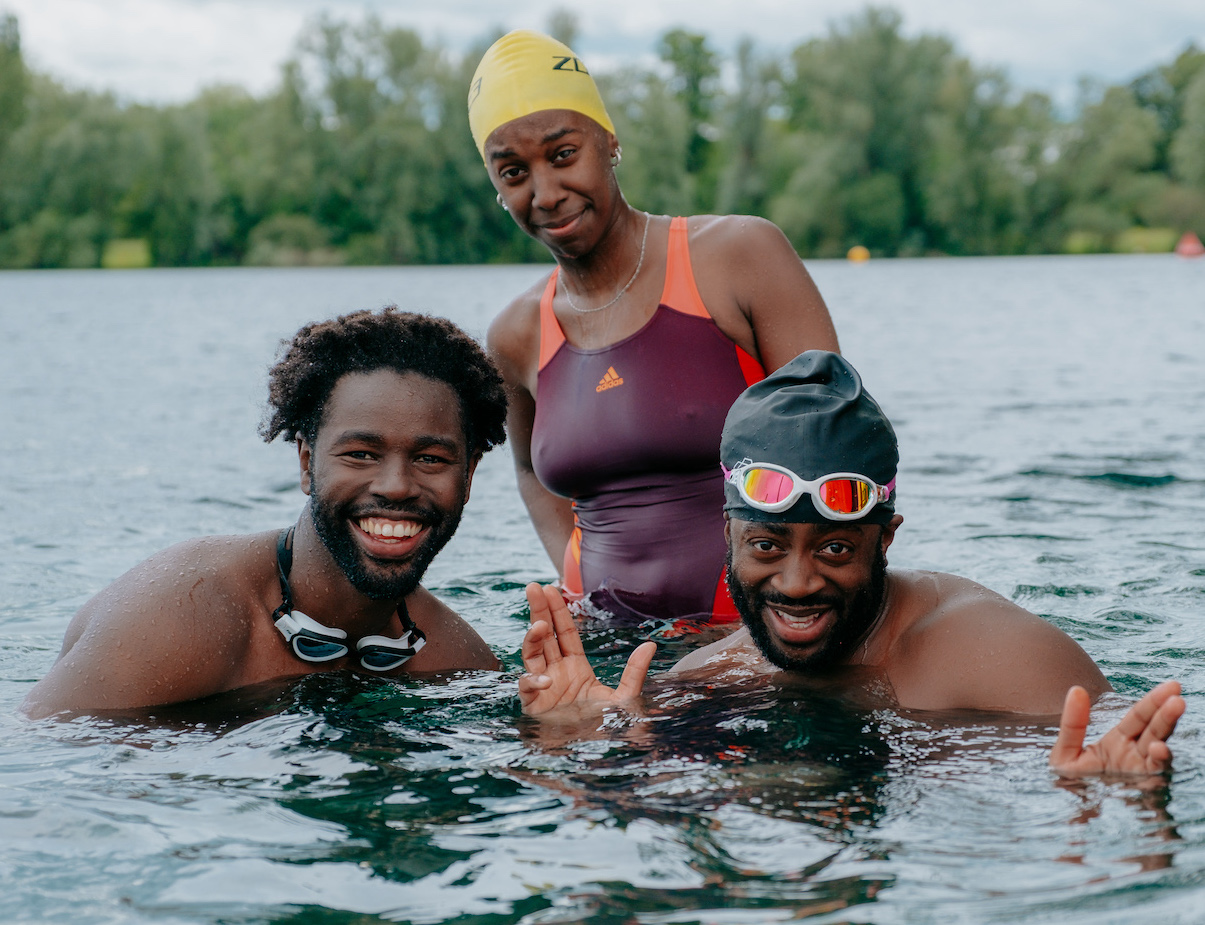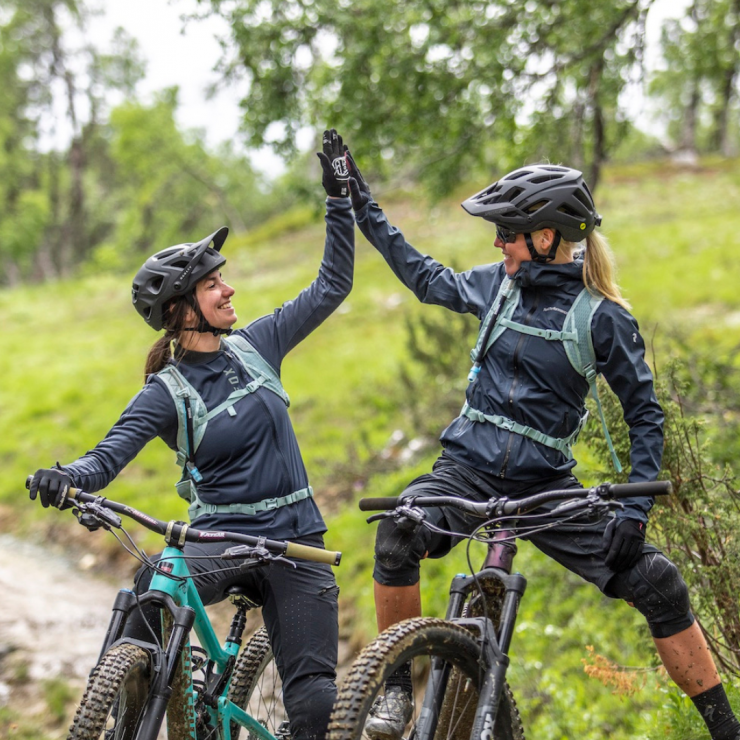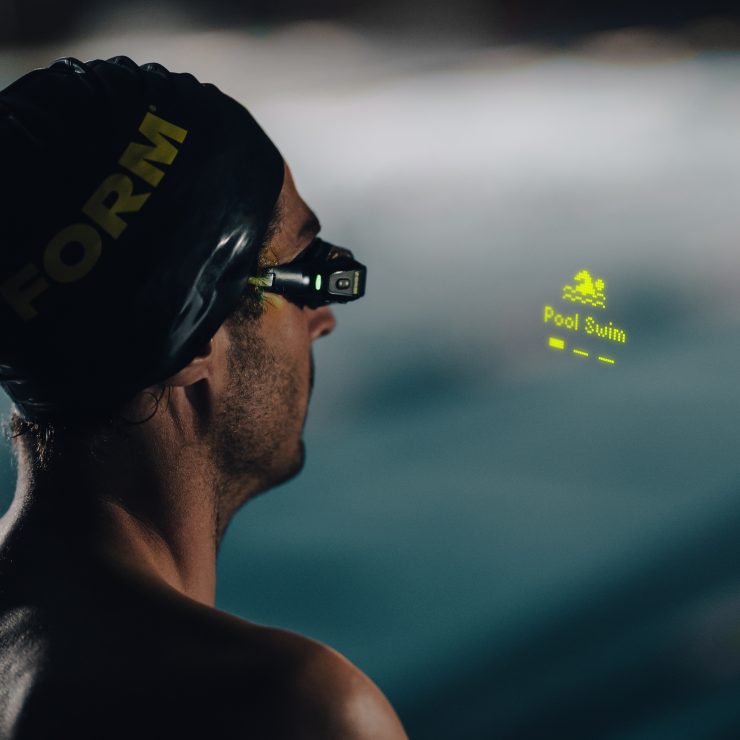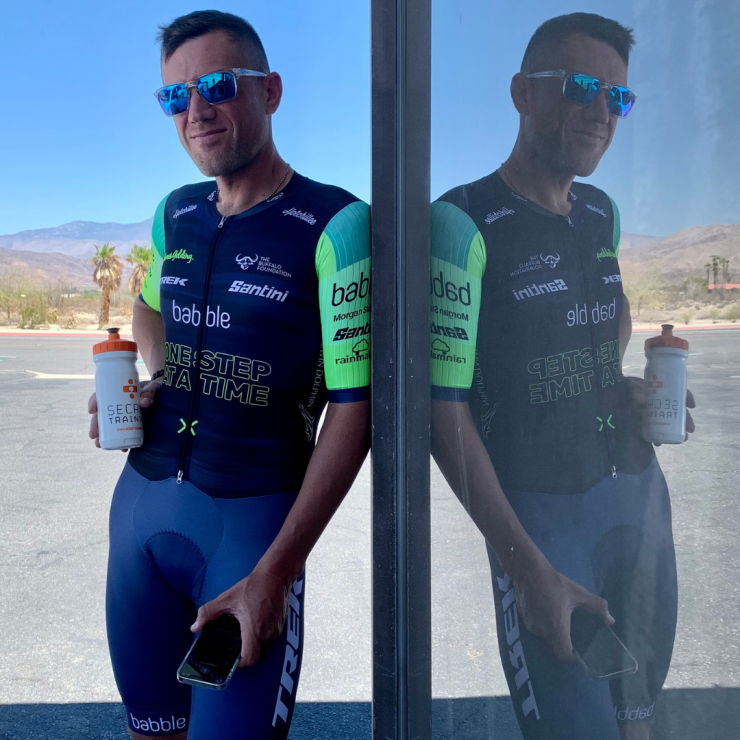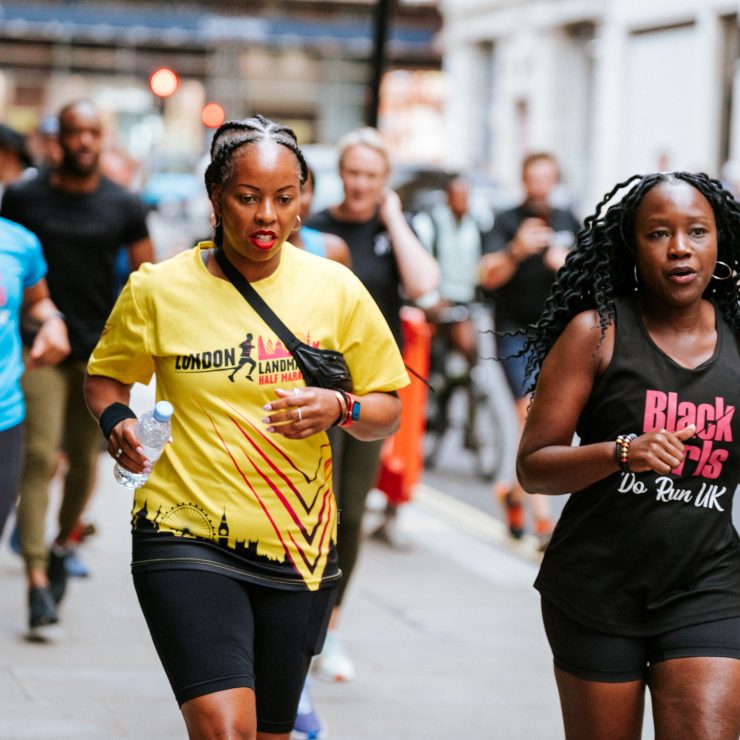Sustainability goes beyond materials and manufacturing processes. As brands like Patagonia are showing – and as our client On continues to show – if you don’t incorporate sustainability into every aspect of your business, you’re only doing half a job. That’s why Aspire works with Toby Radcliffe of Zerobees as our Sustainability Advisor. Toby is a former pro triathlete who combines the lived experience of having to compete in dirty swimming water with an enviable academic background and more than 20 years of work in sustainability. Toby has helped Aspire with very practical changes, such as switching our banking away from a high-carbon bank, to helping us look at outdoors PR through a sustainability lens. This month we chatted to Toby about the state of sustainability in the outdoors, and in particular, the impact on wild swimming.
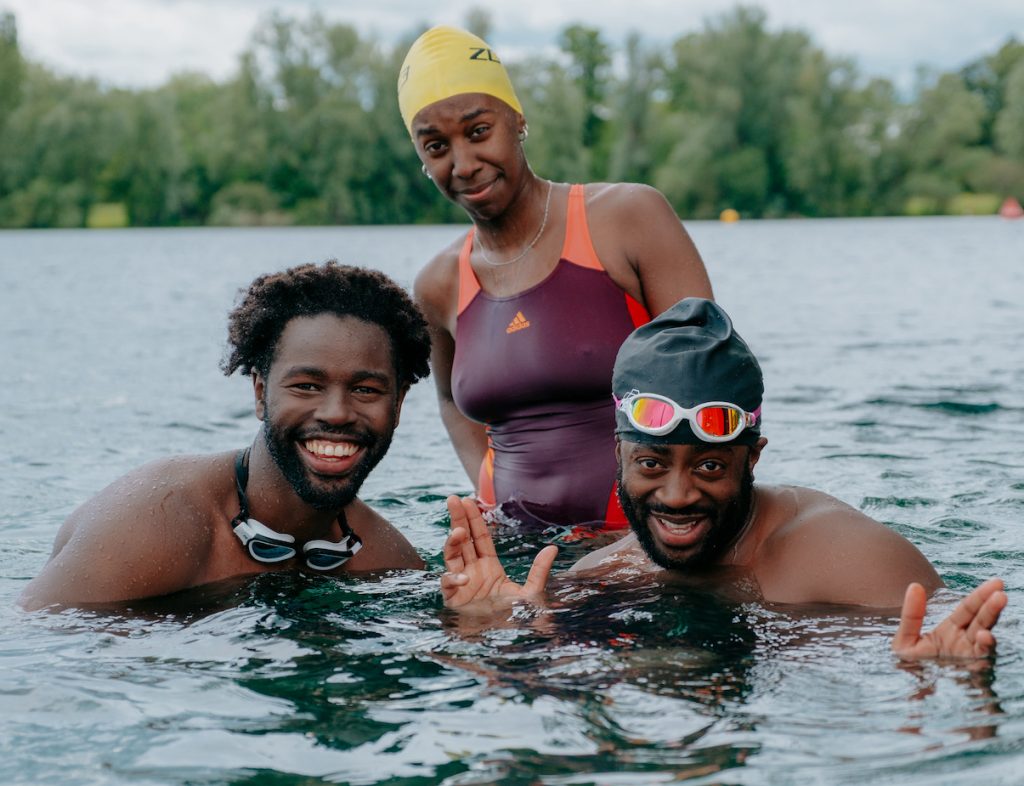
Aspire: People who love the outdoors face a bit of a dilemma: the dream would be to travel the world doing incredible activities in awe-inspiring landscapes, using the latest in high performance gear, but I think we all recognise that the landscapes we love and the weather systems we rely upon are shifting thanks to manmade climate change and that combination of long distance travel and Great Acquisition Syndrome is not doing the world any favours at all. It’s a big question but how do we begin to build a more equitable and sustainable relationship with outdoor activities without destroying this industry that we love?
Toby: When we look at the way in which irresponsible marketing tells us we need more, that we need to buy something to make us feel better, we find that we’ve normalised overconsumption.
Nature provides the ultimate antidote to hyperconsumerism. And there’s plenty of opportunity to connect with the outdoors without a flight, whether it’s the local park, nearby countryside or somewhere more wild. The UK is a beautiful country – explore it!
Sport and access to nature should be ultimately democratised. It needn’t be expensive. Many sports don’t require much kit at all to be accessible, and sure, some sports do require technical kit for performance or for safety, but even here, we should be looking for durable gear that will last, can be maintained, and is made from lower impact materials. Sharing and borrowing large pieces of kit from clubs should be the norm – not following trends or buying products that have built in obsolescence.
Aspire: Wild swimming has been getting increasingly popular over recent years and has really captured the imagination of the press and public. But recent campaigning around water quality is making a lot of people think twice about swimming or even rowing in open water. How do you feel about river swimming now, and where are you going to swim in nature?
Toby: I’m horrified by the frequent poor quality of our rivers, lakes and coastal waters, and the mis-management that led to the condition our waters are currently in. Accessing safe, clean water should be normal – not just for us as open water swimmers, but also for the ecosystem and wildlife it supports. Sewage discharge, agricultural run-off, commercial dumping (think industrial chicken farming effluent) and pollution require much tougher penalties and enforcement by our environmental agencies.
But to stop river and coastal swimming (my view, so please do this safely) is that we can’t let this irresponsible “normal” be made ok. We need to keep swimming in our rivers and coastal waters, and demanding that they be improved. We can choose to get in the water or not – the biodiversity that’s dependent on these waterways cannot. I still swim on the South Coast – though I’ll avoid days when there’s been heavy rainfall and the water quality is visibly unappealing. I’m a huge fan of the River Dart. If in doubt, Swimming.org has a great resource for open water venues.

Aspire: Feargal Sharkey‘s water campaign has been one of the most successful PR campaigns of recent years. How has he managed to grab people’s attention and what do you think we can learn from that success for other environmental causes?
Toby: Surfers Against Sewage have been campaigning since the 1990s, so this isn’t a new challenge. However, over time, the political and regulatory environment has changed and investment in the water management infrastructure has been inadequate.
What I like about the campaign is a combination of a great figurehead, who’s got a real connection to the issue (fly-fishing), evidence and public experience of the issue locally, failure at the government level (lack of Environment Agency enforcement, poor regulatory oversight from Ofwat) and massive, systemic shareholder gains from the companies simultaneously underinvesting in the infrastructure they are mandated to manage.
While the systemic failures of the industry and Government are somewhat complex, the issue is relatively simple: our water is polluted, predominantly because of massive sewage outflows. This is something we should be able to fix with applied pressure and an appropriate response from government and the corporates responsible. At the end of the day, we need to ask, should water be a privately managed asset, where shareholders make returns at the expense of investment, at the expense of the very resources that they are making their profit on?
Aspire: There are so many interconnected elements to all this, so what can a typical consumer do?
Toby: We’re not consumers – we’re humans. We are a part of the ecosystem and reliant on nature – and water itself. We need to understand how fundamental our waters are to our ecosystems, our livelihoods and our health. We all have a voice with our water companies and with the government. We need to use these. If we don’t, we’re likely to be footing the bill for the water corporates through increased water bills to pay (again) for our infrastructure to be maintained, while their stakeholders still extract value from our public resource.
As for the causes of water pollution, we need more regenerative agriculture, lower fertiliser run-off and to support farmers to move away from industrial agriculture and industrial animal rearing. Oh, and stop using wet wipes that aren’t 100% biodegradable!
Aspire: I think most consumers will recognise a feeling of ennui around brands’ sustainability claims and recently there’s been a raft of legislation around what businesses can and can’t say regarding their products. That has to be a good thing, but do you think it also means that companies may simply choose not to talk about those sustainability stories?
Toby: The Green Claims Code in the UK and recent European regulation on green claims is a strong signal to brands who are greenwashing to cease and desist. This is a great thing. Greenhushing – where brands don’t talk about good work as they’re worried about getting it wrong, I am less concerned about. If a brand can’t evidence their environmental claim, then they should be nervous about talking about it. Let’s clear the decks to hear real brand stories about environmentally positive impacts and more sustainable practices from brands who are living strong impact business models and really do care about our environment and their customers.
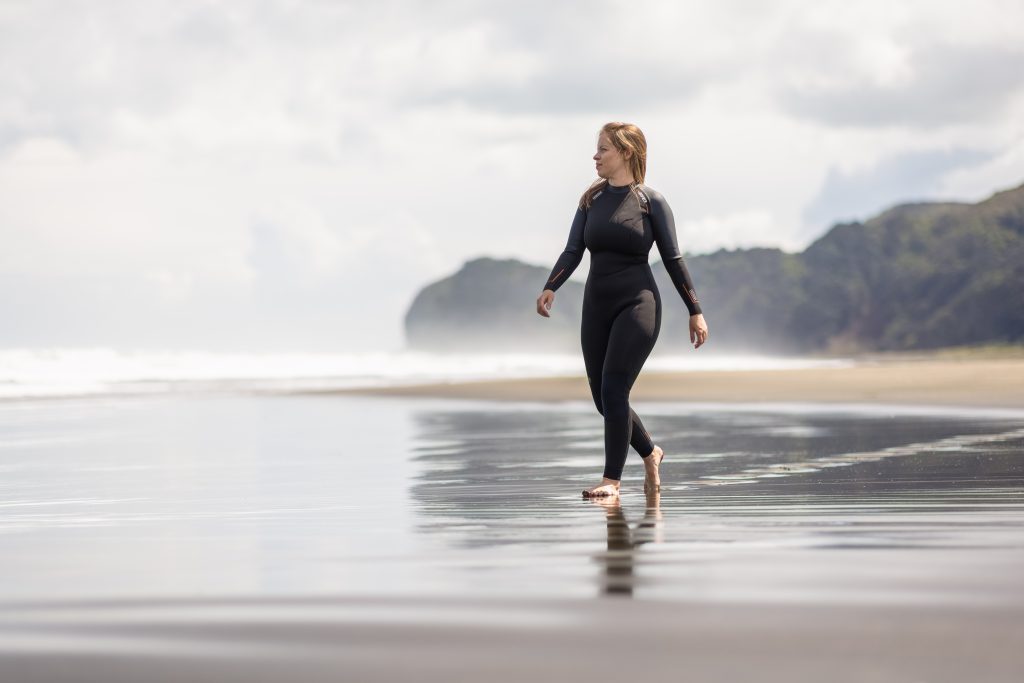
Aspire: We recently helped Zone3 launch a more sustainable swim wetsuit. That’s a product where the balance of performance, warmth, reliability and cost is notoriously difficult to achieve while also boosting sustainability. How much of this conversation is actually about buying less and making sure you invest in stuff that lasts Vs buying equipment that has verifiable sustainability credentials? How do you balance that out in your own life, knowing what you know professionally?
Toby: I actually buy very little kit. My first rule is: do I need to buy this? What’s the underlying driver for me wanting or needing a piece of sports kit? Generally, if I am buying, typically it’s because I’ve worn something out, so it’s something I know I use a lot and has a specific function. I really question if there’s something “new” that I might think I “need” given that the most rewarding gains in any sport are made by actually training. Knowing that I’ll use things until they wear out, I have favourites in terms of durability, and often their ability to be fixed and repaired.
More and more, there are less environmentally detrimental options available in the market where there weren’t before, so when I am looking to replace something, I’ll look at potential alternatives that might not have been there before.
But really, less is more: even the most sustainable piece of kit is unsustainable if it sits unused in the bottom or a drawer or out in the shed.
Get in touch with us to talk Sustainability: hello@aspirepr.co.uk
To keep up to date with our latest news and work, sign up to our newsletter.
